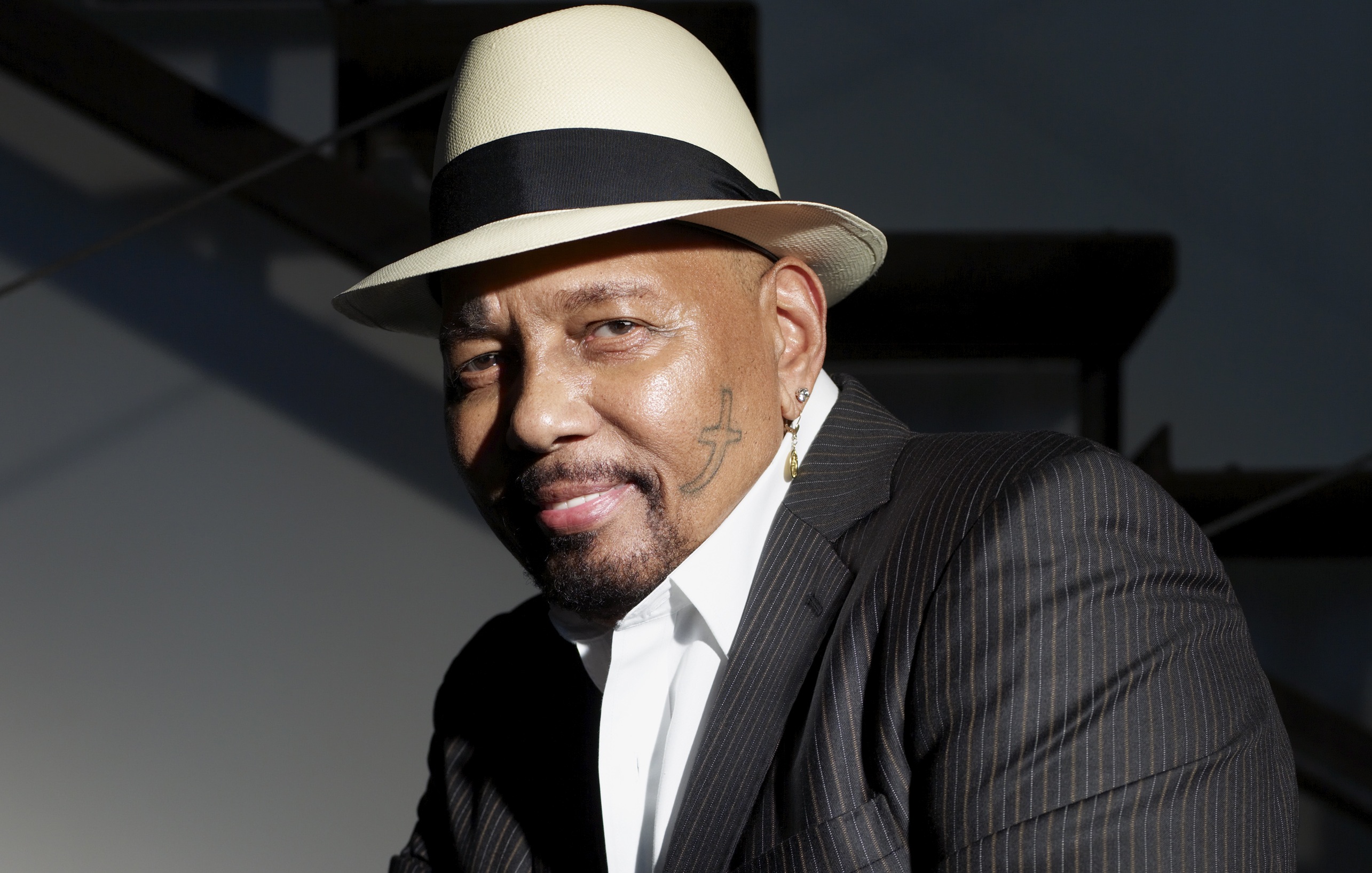Aaron Neville Comes to WHBPAC This Weekend

The voice on the phone is dark-honey smooth but surprisingly low. This is, after all, the multiple Grammy Award-winning Aaron Neville, the “king” or “prince” (depending on what adulatory piece you’re reading) of doo wop, the man with that distinctive, sweet tenor voice, throat catch and all, that pitches easily into a fluttering falsetto. “Just got up,” he laughs in explanation, but he’s immediately gracious and relaxed about his fame, which at 72 shows no signs of slowing down, especially in the wake of two releases—the just-out classic R & B/soul album, My True Story (Blue Note) and the earlier jazz/pop Nature Boy (Verve), where he’s doing standards with jaw-dropping personnel. Not to mention his upcoming 90-minute appearance at Westhampton Beach Performing Arts Center (WHBPAC) on June 1, or last fall’s Brooklyn Bowl blast that ran on PBS this past March. “Nature Boy” was his father’s favorite song, and “back in the day,” he recently said on NPR, he thought he was Nat King Cole.
So what’s his sense of audience and what will he be singing at WHBPAC? “People,” he says with a slow, amused take, “they’re all I need.” Of course, he’s pleased by the attention, which included having his picture on a limited edition collectible poster for the 44th annual New Orleans Jazz & Heritage Festival. He participates every year, he says, but this time, he and his quintet were the closer. On the poster, artist James Michalopoulos shows Neville with a tambourine in one hand, doves around his head, signifying Neville’s “Twin Inspirations: New Orleans and spirituality.” Will he have a chance to introduce himself to a new generation as well as sing to adoring and nostalgic fans who have been following him for over five decades? He chuckles—he sang “I Don’t Want to Live on the Moon” with Ernie on Sesame Street a few years ago and did a doo-wop version of the Mickey Mouse March! The last thing he wants to be is “pigeon-holed.”
His voice has changed a bit—“for the better.” Though nodules “bruised” his vocal chords for a while, he’s been “singing a lot and praying a lot.” On the new album he sounds a little darker, softer. And, for sure, happy. He remarried three years ago (his first wife died from lung cancer). Neville now makes his home in New York City (he lost his house and possessions to Hurricane Katrina). The future beckons. He sees himself “still doin’ it”—though what he’d like to do is “more gospel, R & B, some jazz and standards and most particularly blues.” But—pause, throaty laughter “no opera.” He’ll be on a memory-lane “musical journey” at WHBPAC. “I’ve been into every doo-wop there is,” he’s frequently said, “I think I went to the University of Doo-woplogy.” Older brother Art had been a doo-wopper first, gathering street guys on a park bench out the New Orleans Calliope Housing projects and they’d harmonize a cappella.
Of course, his latest album claims his attention. “These songs helped to mold me into who I am…they’re all dear to my heart, and they rode with me, in my bones, through all these years.” Recording the album, co-producer Keith Richards, on guitar, has been quoted as saying that every night when he opened the door of the studio to get back on the street, he “was expecting a ’50s Studebaker to go by.” Neville himself has said that he felt like a teenager with Richards, and that album wrapped in five days. “There was no labor,” he’s said in interviews, “just love.”
A note for those who like to nose out etymology. Though mainstream by the ’50s and ’60s, “doo wop” has been traced to earlier times and to different vocal groups, mostly African American. The nonsense syllables themselves, have been variously ascribed to singers imitating instruments or just doing slow scat. Neville himself points out that what’s now called “doo wop” was first R & B, and that it described an era, not just a vocal style. He hopes to deliver a sense of both come June.
For more information, visit whbpac.org.



